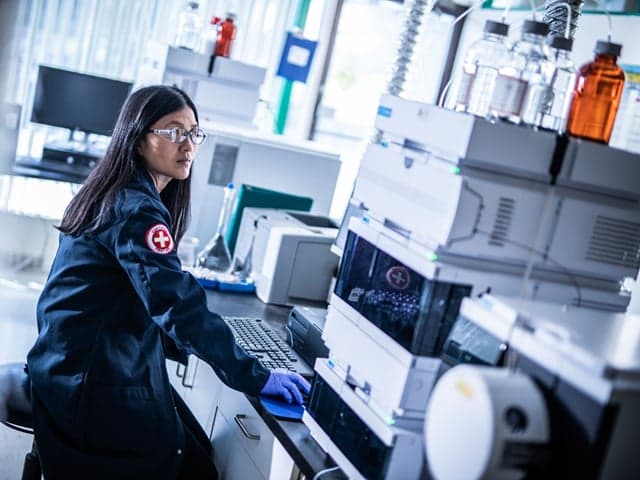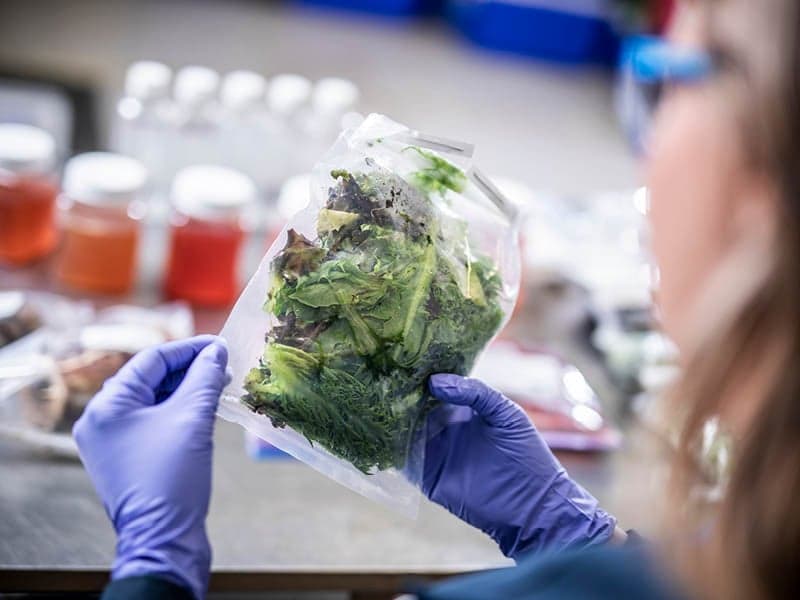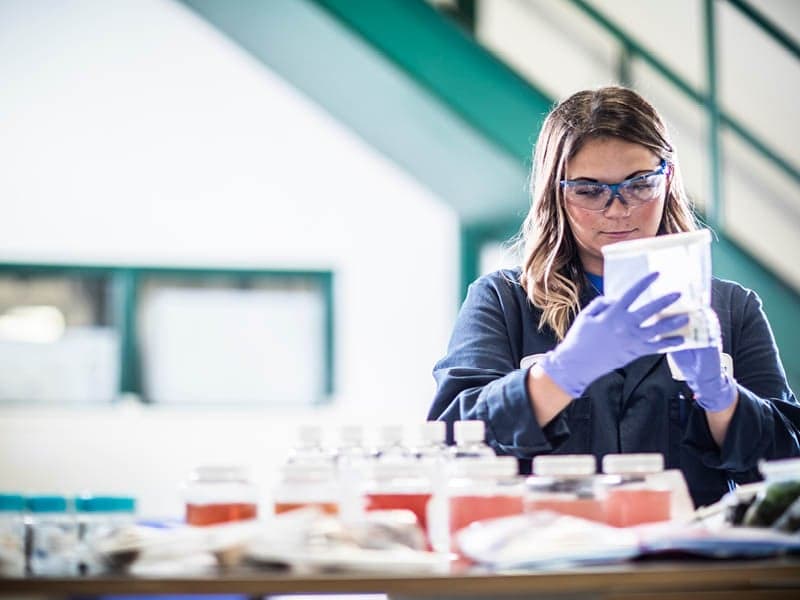Food Microbiology Testing Services
Protect your food products and meet regulatory requirements with our comprehensive microbiology testing services. Our ISO 17025 accredited laboratories deliver industry-leading turnaround times, helping bring safe products to market quickly while maintaining quality standards. We provide technical expertise and attention to changing regulations throughout your production process.

What is Food Microbiology at Element?
Food microbiology testing analyzes products for pathogens, spoilage organisms, and mycotoxins. Our ISO 17025-accredited laboratories perform comprehensive testing following HACCP and SQF requirements, delivering precise analytical methods that verify product safety.

What Can Element Offer You For Food Microbiology?
What we test
What we test
Our accredited laboratories analyze food products, environmental samples, process water, and surface swabs using validated methods to identify contamination sources. We deliver comprehensive testing across your entire production environment, from raw materials to finished products, helping maintain safety throughout your supply chain.
Key tests offered
Key tests offered
We provide complete pathogen detection, bacterial counts, and mycotoxin analysis across your production cycle. Our services include Salmonella, E. coli, and Listeria testing, along with yeast and mold evaluation, environmental monitoring, and air quality assessment for comprehensive quality verification.
Methods and solutions offered
Methods and solutions offered
Our testing follows industry-standard protocols including AOAC, FDA BAM, and USDA FSIS methodologies. We utilize EPA standards and USP procedures to deliver reliable results that meet regulatory requirements, supporting your quality control programs with proven analytical methods.
Methodologies:
- AOAC (Association of Official Analytical Chemists)
- FDA BAM (FDA Bacteriological Analytical Manual)
- USDA FSIS (United States Dept. of Ag. Food Safety and Inspection Services)
- EPA (Environmental Protection Agency)
- USP (United States Pharmacopeia)
- CMMEF (Compendium of Methods for the Microbiological Examination of Foods)
- SMEWW (Standard Methods for the Examination of Water and Wastewater)
Which labs offer this service
Which labs offer this service
Our team operates from strategically located Life Sciences labs, providing convenient access to our expert capabilities. Find your nearest Life Sciences hub on our Locations Page.
Standards we test to and components we test
- ISO/IEC 17025:2017
Pathogen Testing:
- Bacillus cereus
- Clostridium perfringens
- Coliforms/E. coli
- E. coli O157:H7
- Enterobacteriaceae
- Listeria monocytogenes
- Listeria spp.
- Pseudomonas aeruginosa
- Salmonella spp.
- Salmonella enteritidis
- Staphylococcus aureus
Environmental Monitoring:
- Bacterial plate count
- Sponges & swabs
- Yeast & mold testing
Mycotoxins Testing:
- 3-Acetyldeoxynivalenol (3-AcDON)
- Aflatoxin B1 (AFB1)
- Aflatoxin B2 (AFB2)
- Aflatoxin G1 (AFG1)
- Aflatoxin G2 (AFG2)
- Alternariol (ALT)
- Deoxynivalenol (DON)
- Diacetoxyscirpenol (DAS)
- Fumonisin B1 (FB1)
- Fumonisin B2 (FB2)
- Fumonisin B3 (FB3)
- Fusarenon-X (FUSX)
- HT-2 toxin (HT2)
- Neosolaniol (NEO)
- Nivalenol (NIV)
- Ochratoxin A (OTA)
- T-2 toxin (T2)
- Zearalanol (ZEA)
- Zearalenone (ZON)
- Antifungal thiabendazole (THIA)
Your Challenges, Our Solutions
Rapid safety verification
Maintaining regulatory excellence
Accelerating market access
Optimizing quality assurance
Why Choose Element

Technical excellence
Quick turnaround
Complete testing
Global reach
But don't just take our word for it
See what others want to say about partnering with Element

Explore our global network of labs and find your nearest location
VIEW ALL LOCATIONSRelated services

Nutrition Label Testing
Element provides FDA- and USDA-compliant nutritional label testing, verifying product claims with precise analysis. Our tailored approach eliminates unnecessary tests, delivering accurate, cost-effective results.

Food Quality and Safety Testing
Offering accredited food safety and quality testing since 1984, Element helps food producers meet regulatory standards, reduce risks, and improve product quality through expert chemical and microbiological analysis.

Shelf Life Testing
Our shelf life testing service delivers analysis of product stability under various storage conditions. It identifies spoilage risks, meets regulatory requirements, and validates quality for foods, supplements, and other products.

Food Allergen Testing
Our network of ISO 17025-accredited food allergen testing labs offer complete allergen testing to ensure foods, raw materials, dietary supplements and nutraceuticals do not contain undeclared allergens.
